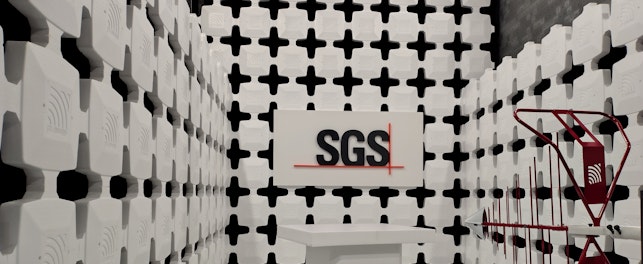The exemptions of RoHS Directive (2011/65/EU) are listed in Annex III and Annex IV. The exemptions in Annex III are suitable for all EEEs. While the exemptions in Annex IV are only suitable for medical devices and monitoring and control instruments.
The exemptions of RoHS Directive (2011/65/EU) are listed in Annex III and Annex IV. The exemptions in Annex III are suitable for all EEEs. While the exemptions in Annex IV are only suitable for medical devices and monitoring and control instruments.
The adjacent table is a summary of the validity status of RoHS exemptions originally due to expire in 2021 for categories 1 to 7 and category 10 of EEE:
- Stakeholders have requested for renewal of several exemptions, and the existing exemption shall remain valid until a decision on the renewal application is taken by the Commission
- If the application for renewal of an exemption is rejected or that an exemption is revoked, the exemption shall expire in 12 months at the earliest, and 18 months at the latest, after the date of the decision
- For exemptions without renewal requests, they remain valid until the expiration date
| Exemption | Original Expiration Date | Validity Status |
|---|---|---|
| Annex III 6(a)-I. Lead as an alloying element in steel for machining purposes containing up to 0,35 % lead by weight and in batch hot dip galvanised steel components containing up to 0,2 % lead by weight. | July 21, 2021 | Requested for renewal |
| Annex III 6(b)-I. Lead as an alloying element in aluminium containing up to 0,4 % lead by weight, provided it stems from lead-bearing aluminium scrap recycling. | ||
| Annex III 6(b)-II. Lead as an alloying element in aluminium for machining purposes with a lead content up to 0,4 % by weight. | May 18, 2021 | |
| Annex III 6(c). Copper alloy containing up to 4% lead by weight. | July 21, 2021 | |
| Annex III 7(a). Lead in high melting temperature type solder (i.e. lead-based alloys containing 85% by weight or more lead) (except applications covered by exemption 24 in Annex III). | ||
| Annex III 7(c)-I. Electrical and electronic components containing lead in a glass or ceramic other than dielectric ceramic in capacitors, e.g. piezoelectronic devices, or in a glass or ceramic matrix compound (except applications covered under exemption 24 in Annex III). | ||
| Annex III 7(c)-II. Lead in dielectric ceramic in capacitors for a rated voltage of 125 V AC or 250 V DC or higher. Does not apply to applications covered by exemption 7(c)-I and 7(c)-IV of Annex III. | ||
Annex III 8(b)-I. Cadmium and its compounds in electrical contacts used in:
|
As the world’s leading inspection, verification, testing and certification company, SGS stays abreast of technological, regulatory and market developments – so that you can continue with your core business while we give you an edge over your competitors.
Please contact our Customer Service Team for more information!
To obtain a copy in PDF, please click here.
Units 303 & 305, 3/F, Building 22E,
Phase 3, Hong Kong Science Park,
Pak Shek Kok, New Territories, Hong Kong, China



